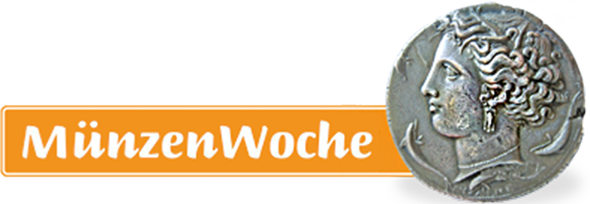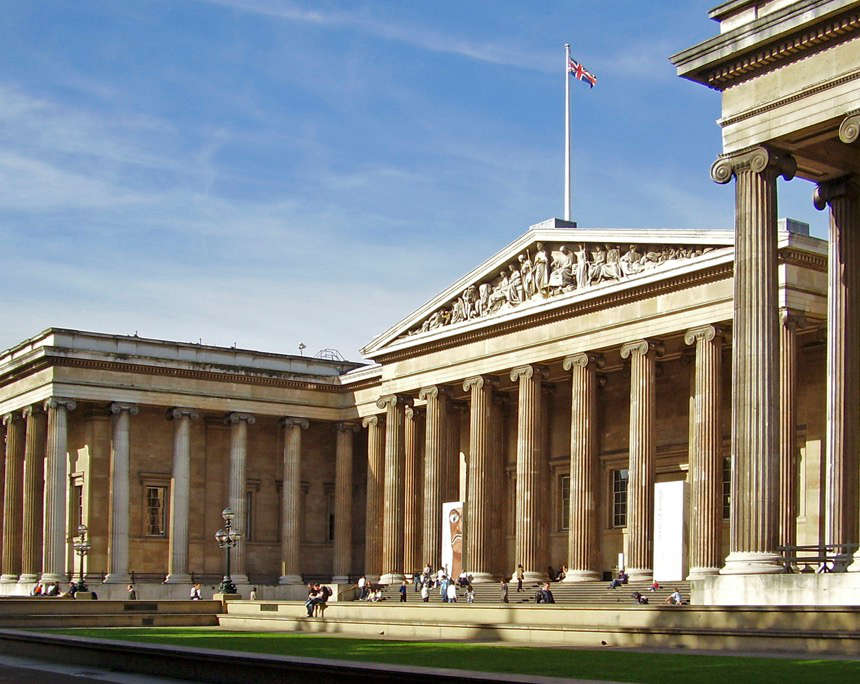Die Sammlung des British Museum soll vollständig digitalisiert werden
Das British Museum hat Pläne veröffentlicht, wie es den Zugang zu seiner Sammlung erweitern und sicherstellten will, dass alle Gegenstände dokumentiert und im Internet zugänglich gemacht werden.
In den nächsten fünf Jahren sollen zum ersten Mal in der Geschichte des British Museum alle Gegenstände der Sammlung für alle Interessierten im Internet zugänglich gemacht werden.
Zusätzlich hat das Museum angekündigt, auch den physischen Zugang zu den Exponaten in den Forschungsräumen des Museums zu erweitern, in denen Privatpersonen und Forschende auf Anfrage Objekte der Sammlung begutachten können.
Mark Jones, der Interimschef des British Museums erklärte: „Nachdem der Diebstahl von Objekten aus der Sammlung bekannt wurde, haben wir zusätzliche Sicherheitsmaßnahmen ergriffen und sind nun zuversichtlich, dass so etwas nie wieder vorkommen kann. Aber wir sollten und dürfen nicht davon ausgehen, dass die Sicherheit der Sammlung – im weitesten Sinne – dadurch erreicht werden kann, alles unter Verschluss zu halten. Meiner Ansicht nach besteht die wichtigste Antwort auf die Diebstähle darin, den Zugang zur Sammlung zu erweitern: Je bekannter eine Sammlung ist, und je mehr sie genutzt wird, desto schneller wird auch bemerkt, wenn etwas fehlt.
Daher möchten wir die Sammlung nicht wegsperren, sondern sie zu der Sammlung machen, die weltweit am häufigsten bestaunt, genutzt und gesehen wird.“

„Meiner Ansicht nach besteht die wichtigste Antwort auf die Diebstähle darin, den Zugang zur Sammlung zu erweitern: Je bekannter eine Sammlung ist, und je mehr sie genutzt wird, desto schneller wird auch bemerkt, wenn etwas fehlt”, Mark Jones, Interimschef des British Museum. Bild: © National Trust for Scotland.
„Über die nächsten fünf Jahre wollen wir die Online-Dokumentation jedes Objekts in der Sammlung des British Museum verbessern und vervollständigen. Das ist eine enorme Aufgabe, schließlich müssen 2,4 Millionen Einträge hochgeladen oder aktualisiert werden. Doch die Hälfte dieser Arbeit ist bereits geschafft und sobald das Projekt abgeschlossen ist, wird jeder weltweit Zugang zu all unsere Objekte haben – und diese wertvolle Ressource auf verschiedenste Weisen nutzen können.
Gleichzeitig wollen wir unsere Zusammenarbeit mit Museen im Vereinigten Königreich und auf der ganzen Welt intensivieren, damit die echten Objekte in Wanderausstellungen auch den Millionen von Menschen zugänglich gemacht werden, die das British Museum nie selbst besuchen werden. Außerdem möchten wir den Zugang zu unseren Forschungsräumen erweitern, damit alle Interessierten das British Museum besuchen können, um alle Objekte unserer Sammlung anzuschauen.“
George Osborne, der Vorsitzende des Kuratoriums, kommentiert: „Das British Museum beherbergt eine der beeindruckendsten Sammlungen der Welt – mit Objekten, die uns erstaunen, inspirieren, und oftmals dazu ermutigen, unsere Perspektive zu ändern.
Wir sind bereits jetzt eines der meistbesuchten Museen weltweit und bieten ein breitgefächertes Programm von nationalen und internationalen Wanderausstellungen. Mark Jones hat nun zusätzlich einen überzeugenden Plan vorgelegt, damit wir uns weiter verbessern und sicherstellen können, dass unsere Sammlung für so viele Menschen wie möglich zugänglich und nutzbar wird. Er hat meine volle Unterstützung für dieses Projekt.“








